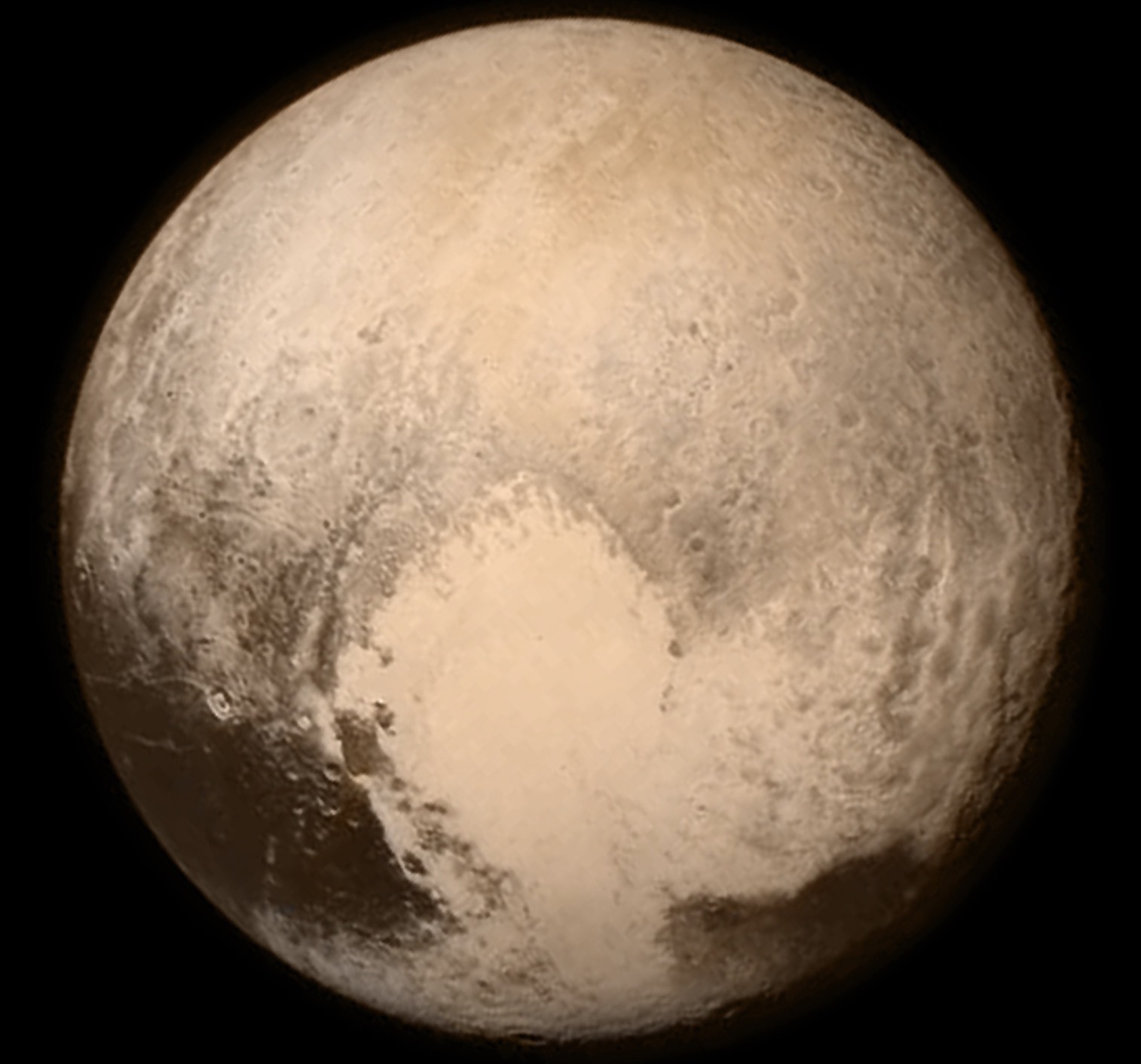Audi, vide, tace. I have been trying to engage you in conversation for more than a year, but you have not listened.
Perhaps you don’t want to grasp the truths I have to offer. They are gifts really, but I know you will never see my generosity in that light. Such fear. Such ignorance. Ad altiora tendo.
But I am bound by ancient oaths and I must deliver these few plain lessons as I have faithfully done for thousands of years.
I read confusion on your face.
Did you think that I would speak with the rage of Moses, the indignation of Isaiah?
Or did you think I would appear in Marvel cape on a TikTok video?
Did you expect me to play chess with your armoured ego like Death in The Seventh Seal?
No matter. Let me start my instruction by reminding you of my curriculum vitae. I earned it at the finest university: the diversity of life over the history of time.
For millennia, I have laboured in the natural world, imposing limits and borders in places you seek to globalize with your technologies and economies. Do you really think the world will be more secure when bits of plastic outnumber fish?
I have but one non-linear mission, and that is to celebrate and restore diversity.
Your rising and falling civilizations cultivate fragility, and that is simply the way of things. While you seek to build great walls of stability, I bring volatility. This tension explains why we collide like two rams on the mountain of history.
…click on the above link to read the rest of the article…














